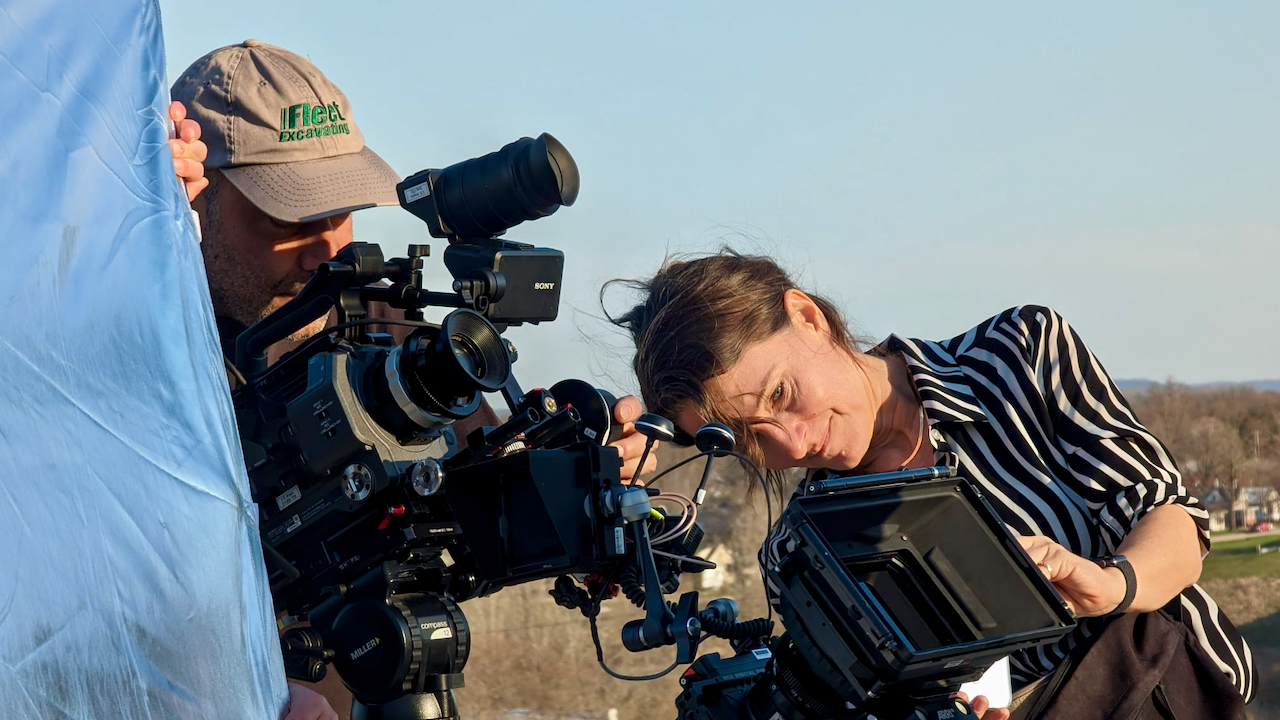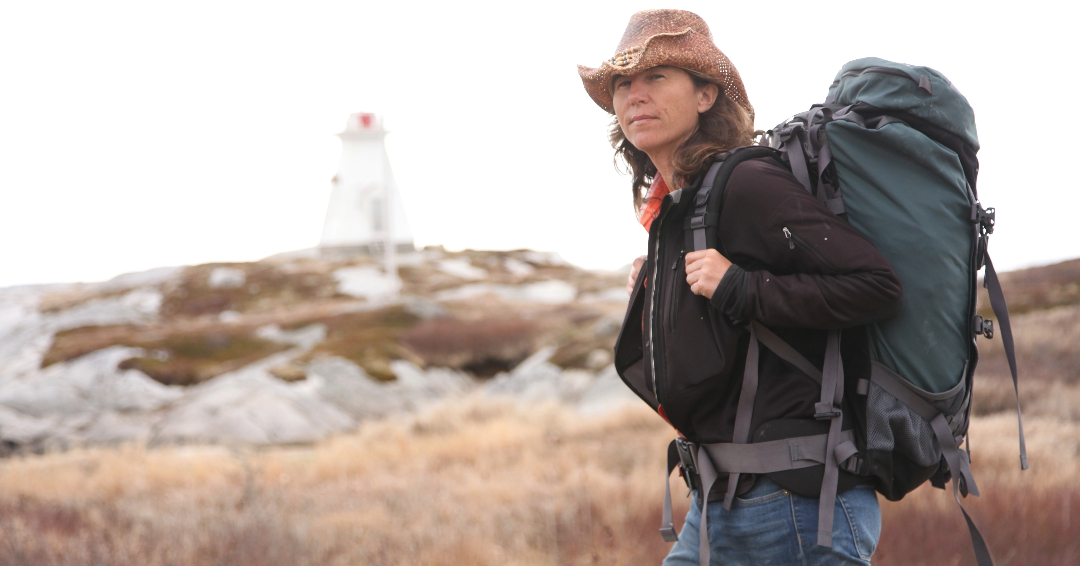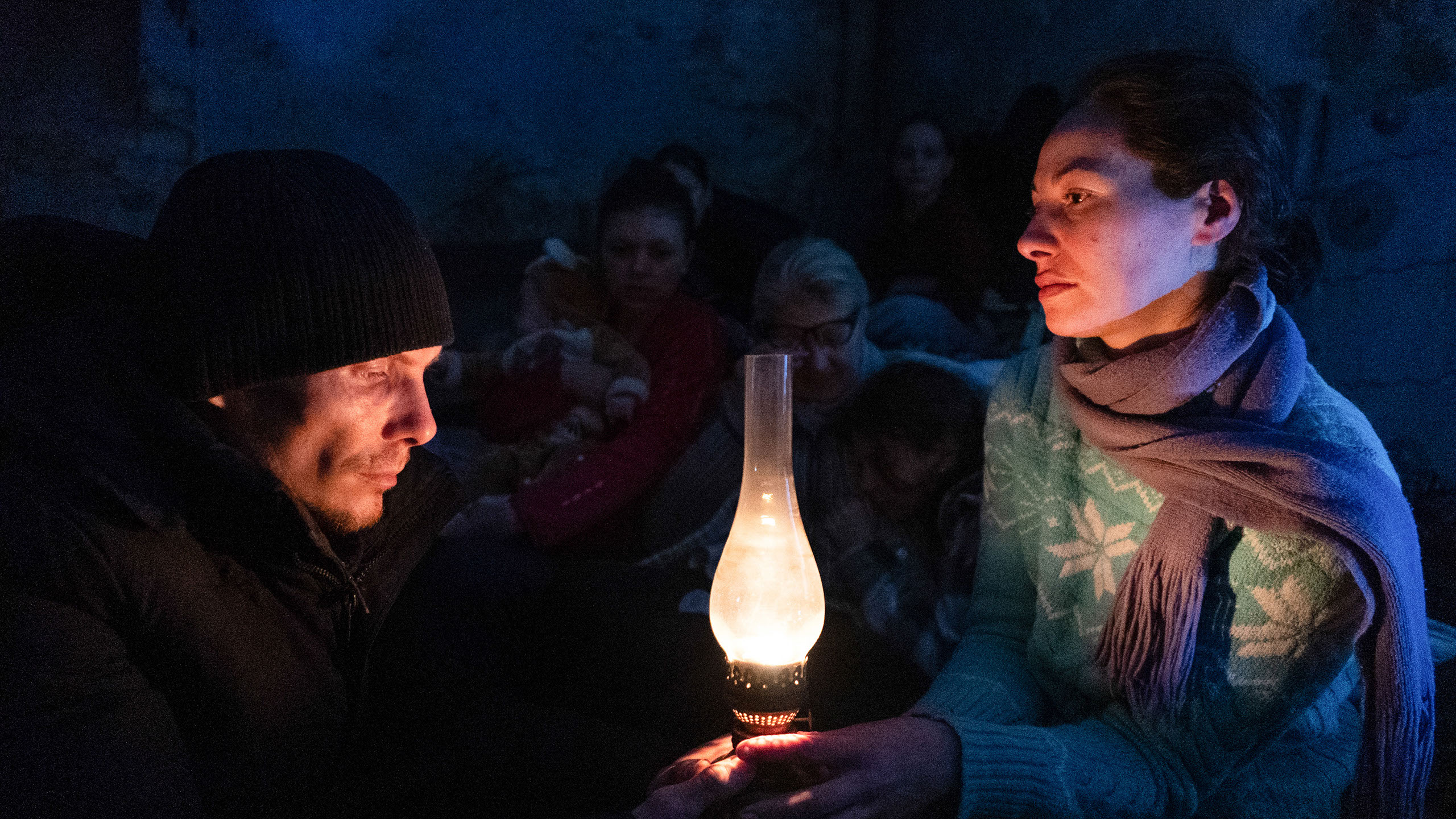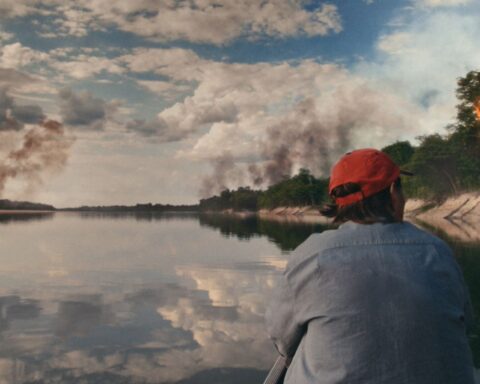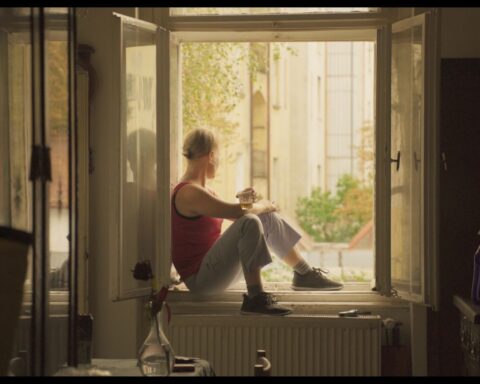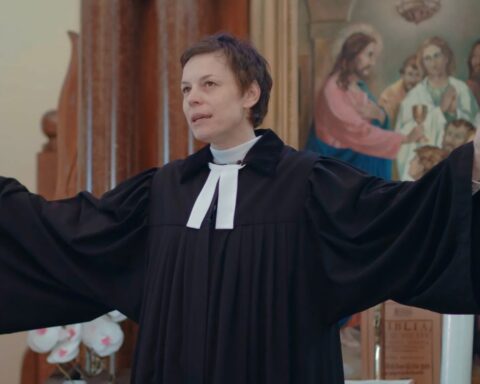This article is drawn from Walsh’s book The Documentary Filmmaker’s Intuition: Creating Ethical & Impactful Non-Fiction Films.
Directing with the moment: Aliveness, awareness, and adaptation
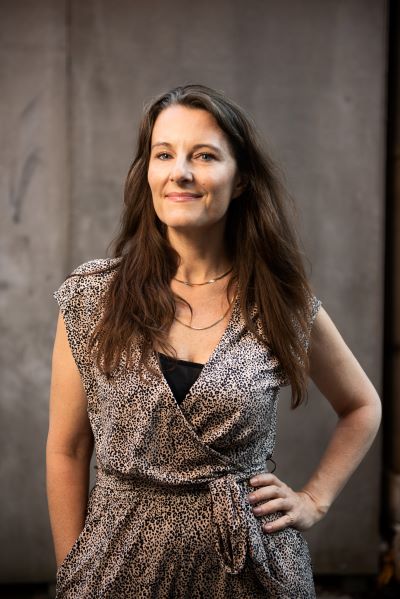
The art of documentary requires filmmakers to develop skills, dispositions, and relations that I summarize through three key concepts: aliveness, adaptation and awareness. Aliveness is about being awake, sensitive, receptive, and embodied. Awareness is about being conscious, sentient, perceptive, and humble. Adaptation is about letting go of control, when necessary, and learning to be flexible and fluid.
These three concepts lie at the heart of my approach to directing and can be applied in various ways towards ethical and creative documentary filmmaking, as well as the creative process more broadly. I come back to each consistently in my work and life, and I offer them here for others to apply in whatever ways they find useful. Each documentary filmmaker walks a route uniquely their own, so take whatever resonates, and leave the rest.
My love for documentary filmmaking stems from its possibilities for creating paths toward collective relation, shared affect, and the fascinating exploration of curiosity. Fundamentally, documentary filmmaking is about being in the world and about building relationships, both on and off screen. Documentary filmmaking also opens doors that might otherwise be closed, serving as a passport to explore the world’s many nooks and crannies. I have been lucky enough to visit the home of the American cultural theorist Lauren Berlant, the desolate desert landscapes of Ningxia, and a magical castle of love in Illinois, to name just a few. I hope that you, too, will have the benefit of this documentary passport, and with it develop both an openness to and an ethical engagement with the world.
Aliveness
For me, aliveness is an active state of presence, being in the moment, and being in relation to other humans and non-humans. In his book Black Aliveness, or A Poetics of Being (2021) Kevin Quashie describes aliveness as “a term of relation where the focus is on one’s preparedness for encounter rather than on the encounter itself. In this way, to be in relation is to be in the embodied sociality of one’s readiness.” Aliveness is connected to intuition: a knowing born in the body and in relation, a space of being and of knowledge. It is about tuning in to the here and now and creating work that is fully present. When you are in a moment of aliveness with the camera, you can be open to receive what is offered, to listen, and to create. Aliveness gives us the ability to tune into what is going on around us and act nimbly, to be aware of and connected to both the subject and the environment. This is the ground on which to build an ethical engagement.
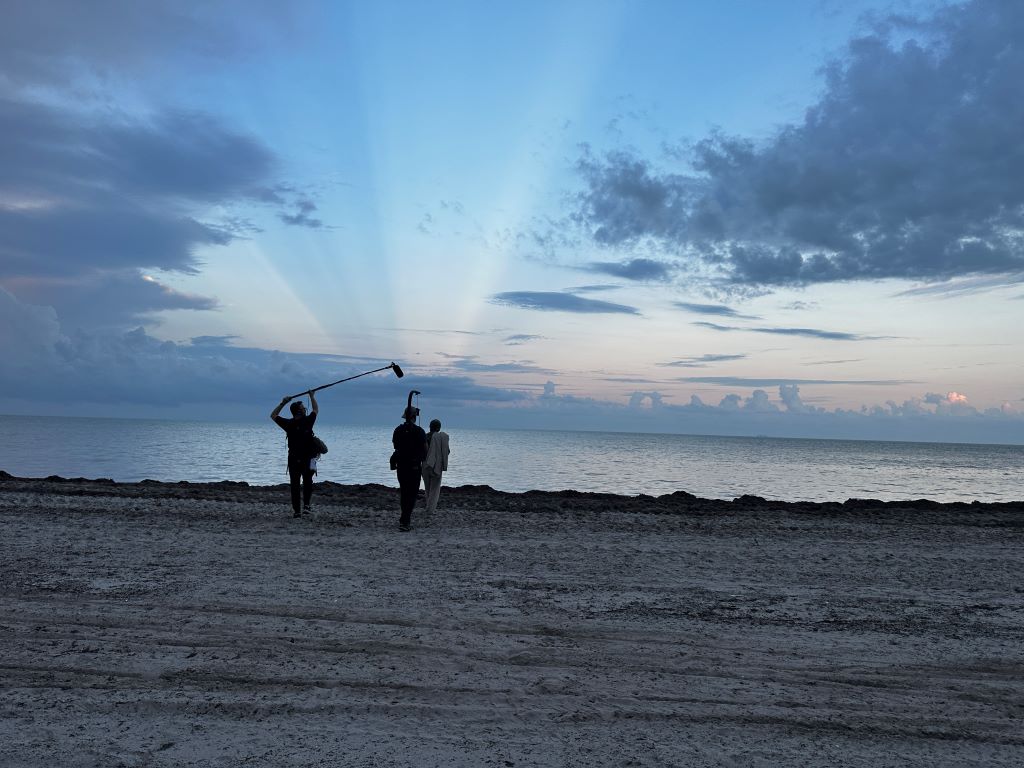
The term “aliveness” is also used to describe a particular type of martial arts training method that is characterized as spontaneous, non-scripted, and dynamic. Aliveness training is said to be important for martial artists because it helps them to build the fluidity and spontaneity that real-life situations require. This seems an apt description of the capacities that I denote by the term aliveness.
For me, here lies the joy of creative non-fiction filmmaking. Being able to jump into the moment, to be present in the world and make decisions in the here-and-now. It is an artistry of presence. To be in the world with a camera is incredibly exciting. Being alive to the situation that presents itself, being present to the moment, and being in relation to others: these are some of the joys of directing in the moment.
Awareness
Awareness refers to the state of being conscious or cognizant of oneself in relation to others. It involves not only paying attention to what is happening around you and being alert to potential changes or challenges, but also having a clear understanding of your own thoughts, emotions, and actions and how they are experienced by others. It is an acceptance of responsibility and accountability. In the context of documentary filmmaking, awareness is important for capturing and representing reality in an ethical and truthful way and for being attuned to the needs and perspectives of the subjects being documented. To foster this awareness, it is crucial to actively listen, but also to be quiet—to be humble and remain mindful of the situation at hand.
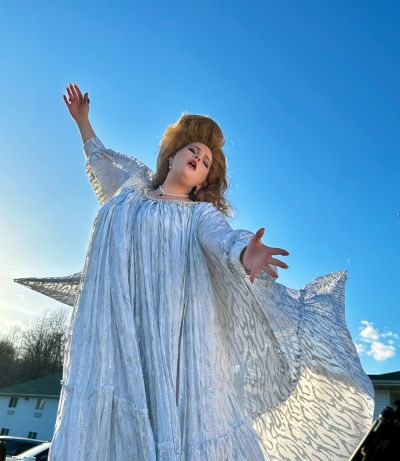
There is a significant relational asymmetry between those being filmed and those doing the filming, which demands our awareness. A more ethical documentary practice involves being aware of the power dynamics entailed by this asymmetrical relationship and actively working to challenge them. This means acknowledging the history of exploitation and cultural appropriation in documentary filmmaking and actively working to create more equitable and respectful relationships with those being filmed.
Adaptation
Adaptation is a crucial aspect of the filmmaking process, especially in documentary. Being able to be flexible and adapt to changing situations requires a lot of scaffolding: practice, research, and structuring. Treatments, scripts, question lists, call sheets, shot lists, and other elements are all part of the preparation to become adaptable. The best-laid-out plans often go to waste, but being prepared allows us to adapt, communicate, and pivot effectively. Being able to make quick decisions is something that comes with experience, but also through preparation. The more you have prepared in advance and can see the film that you are trying to make in your head, the easier it is going to be to make decisions on the fly and possibly salvage a situation or pivot. The most challenging part of filmmaking is being able to respond to unforeseen circumstances, which will occur, regardless of how well we have planned.
It is, however, important to strike a balance between having a clear idea of what needs to be done and being open to adjusting plans when things do not go as expected. On one end of the spectrum, there is a desire for complete control that can be counterproductive. On the other end, there is a lack of planning that can result in a chaotic production process. The key is to find a middle ground that allows for flexibility while still maintaining a sense of creative direction. The world is a chaotic and uncontrollable place. Participants do not always say what we expect or hope they will say, and we cannot control the myriad situations around us. Nor should we try to.
Sometimes it’s about being open to pivoting and adapting when something arises that is more interesting than what you had planned. At times, something new presents itself in the moment, and you must make a split-second decision to change your approach and follow a new direction. Making a decision like this is far easier when you have done enough prep work to know exactly how such a decision can impact, positively or negatively, the film you are trying to make.
An example of adaptation
During one of my shoots, our lead character was fighting for justice after her close friend was injured at work and hospitalized. The shoot was planned around capturing an emotionally significant scene when she visited her friend in the hospital. Unbeknownst to the crew on the ground, the hospital did not grant access to our film crew. We had to adapt quickly to the unforeseen circumstance of not being able to access the location for our shoot. Our shot lists and preparation had been centred on this hospital visit, but we had to come up with an alternative approach to telling the story.
We knew that a simple talking-head interview would not be very visually engaging, and would not capture the emotional arc of the story. So, we made a quick decision to take our lead protagonist to the site of the accident with her son and have her describe to him what had happened. This allowed her to revisit her emotional experience, and allowed for us to capture visually interesting footage that still conveyed the story’s emotional impact. While it was not the original plan, we were able to find a solution to the problem within the few hours that we had. This is an example of the importance of being flexible and adaptable in documentary filmmaking. Circumstances can change quickly, and being able to pivot and adjust is so often crucial to telling the story effectively
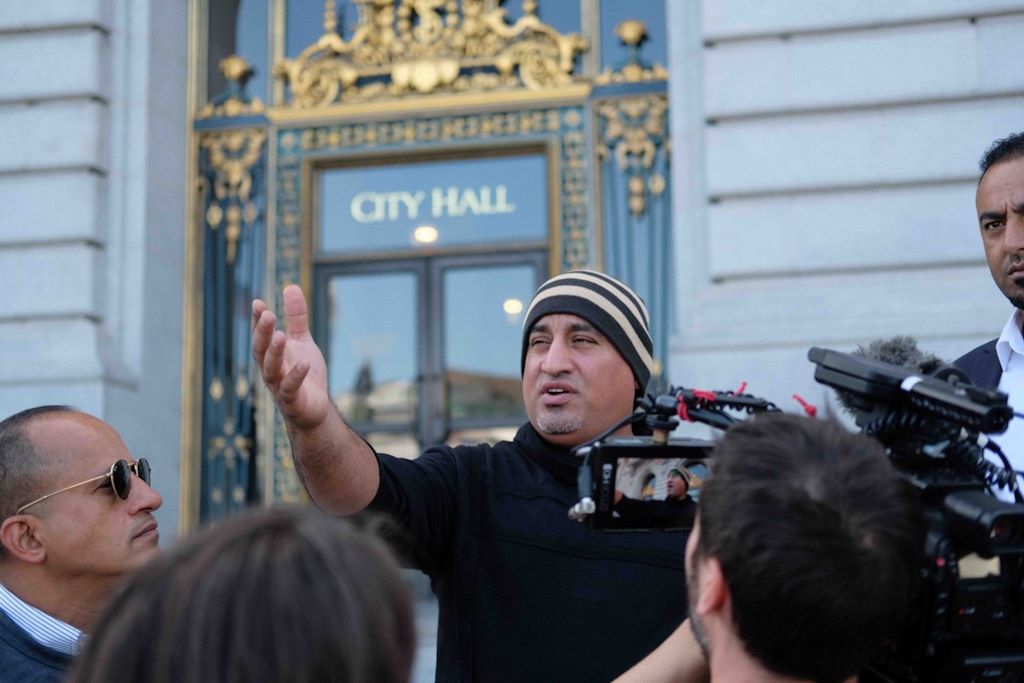
Storytelling & relationships
As documentary filmmakers, when we take a camera out into the world, we are creating reciprocity and relations. Unlike in fiction, where we might set everything up to be exactly how we want it to be, in documentary we fundamentally enter the world with a sense that at a foundational level, we are not in control, and we may never be. We can establish a range of ways to structure and contain a point of view, but at the end of the day, we are capturing a world that is not wholly ours to control.
There exists a fundamental human desire to tell stories and to share experiences. We develop our understanding of ourselves and the human experience through connection with others. In a way, we use stories to make sense of our lives and the world we live in. Storytelling is, in some ways, a primal form of therapy. Finding ways of visualizing, verbalizing, or retelling a story creatively can engender a deeper sense of connection to the human experience. Stories can also flatten and obscure the complexity of human life and at times create hegemonic narratives that are hard to escape. These are things we cannot always escape even if we would like to, and must be taken seriously as we bring works to the public. If done well, a story is something that can connect people together more deeply and help us to develop new modes of empathy.
At its core, filmmaking is about relationships. On and off screen, what we do as creators in this medium is always about human interaction. As such, intuition and emotional intelligence are extremely important muscles to develop.
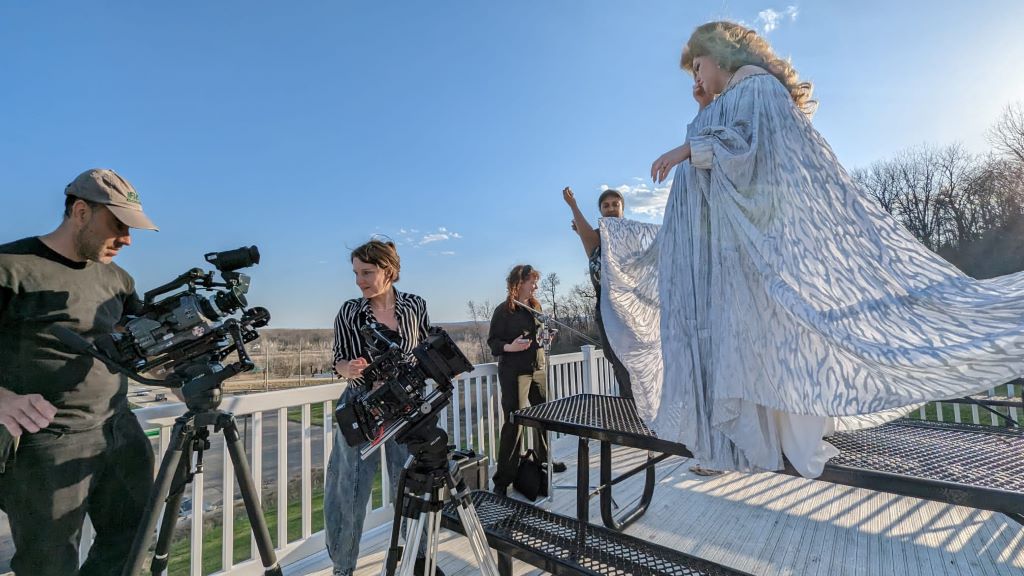
What do you hope to change? Ask questions
Are you passionate about making concrete changes in the world? Compelling documentaries are often sparked by an effort to figure something out, an attempt to solve some kind of problem, or by asking questions about fundamental aspects of the world that we live in. You might ask questions like, “Why did this happen?” “Why does that person act that way?” “What went wrong?” or even, “Who did it?”
What stories move you? Go with your gut
Think about some of the films that you have felt moved by. What kinds of stories do they tell? What do you feel drawn to? Family stories, or stories about climate change? Where have you felt moved and emotionally impacted by? Are there stories in that realm that may be interesting for you to tell? It is important to tap into your inner creative, intellectual, and emotional landscape and look for the stories that intrigue you, or topics that you might do service to.
Fundamentally, we are looking for stories, not subjects. This distinction is something many people starting out in documentary filmmaking have trouble with.
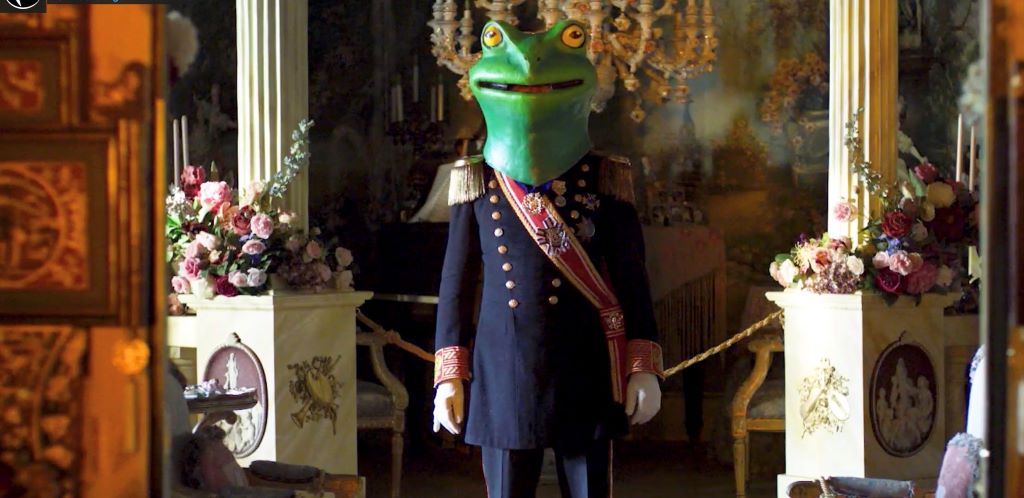
What do you want to preserve? Say something about the world
Are there stories that you would like to preserve? Things that you would like to record so that their memory is not lost? A grandmother with tales from the war? A forest that is being clear-cut? Documentaries can serve as means of capturing and archiving some element of the world that we find significance in, and of drawing others’ attention to it. There may be something undergoing change, like a neighbourhood, that one feels inspired to document as a way of preserving its memory or as a way of contesting or celebrating that change. Stories of the past can be difficult to tell, but these too may be things that we would like to create a record of before they disappear. The story of a particular person, event, group, or place may warrant a new perspective.
Ultimately, documentary filmmaking provides us with an incredible viewpoint into the human experience. The only formal constraint is your imagination. Into this, the most versatile of filmmaking formats, we can bring a range of innovations and ways of being in the world. This is an art form that asks creators to be alive to the moment, aware of the relations and beings within our orbit, and adaptable to an ever-changing world. In its practice, documentary filmmaking can perhaps serve as a design for living in relation, if we choose to approach it as such.




